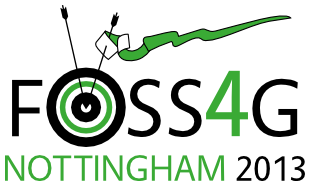Presentation
A New Zealand Case Study: Open Source, Open Standards, Open Data
Brent Alexander Wood (NIWA)
11:30 on Friday 20th September (in Session 30, starting at 11:30 a.m., EMCC: Room 3)
Show in Timetable
The National Institute for Water and Atmospheric Research (NIWA) is New Zealand's leading agency providing freshwater, ocean, climate, atmosphere and fisheries related research. Open Source software is widely used internally, both infrastructurally and in desktop systems. In 2011, the New Zealand Government passed “The Declaration on Open and Transparent Government”. This requires central government agencies to make taxpayer funded information freely available to the public, and encourages regional and local government, as well as agencies such as NIWA to comply. NIWA works closely with central and regional government, utilities, NGO's and primary industry, making information discovery and delivery using common and open standards critical. NIWA is using Open Source applications to meet these open data discovery and delivery requirements. Open Geospatial Consortium (OGC) standards compliance ensures interoperability. Standards adopted to date include SFS (Postgis), CSW (Geonetwork), WMS/WFS (Mapserver, Geoserver, Openlayers, Quantum GIS, Quantum Map) and SOS (52oN, Quantum Map). Some proprietary applications are also used. These are also OGC compliant and fit within NIWA's OGC based architecture. This paper describes the role that open source software and open standards play in NIWA's strategies and architecture for environmental information management, discovery and delivery and gives implementation examples.
